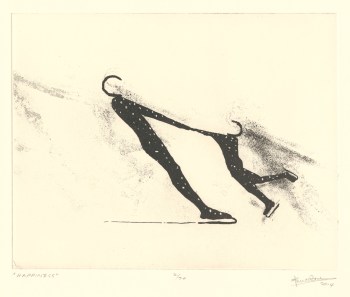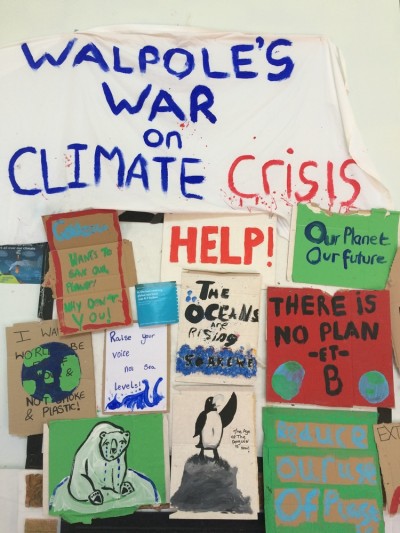Unlike other landscape artists, Terry Setch doesn’t paint traditional pictures of the landscape. Instead, he uses the emotions and feelings he has about a particular landscape to create his images.
• What do you think this image is made of?
• What kind of place does it make you think of?
Think about your own local landscape and collect what you find there: this could include natural elements like earth, sand, stones, twigs or man-made and discarded things like paper, plastic, lost things and litter.
What you need
Collected natural items | Coloured paints | Tray | PVA glue
Create your own
To make your own feeling landscape:
• go out and gather things you can find in a specific place
• when you’re back in the classroom, think about the main colours which express how you felt in that landscape
• use a shallow food tray or container from the recycling bin
• mix PVA glue and selected colour
• embed found objects gathered into the glue colour mixture to create a Feeling Landscape












































